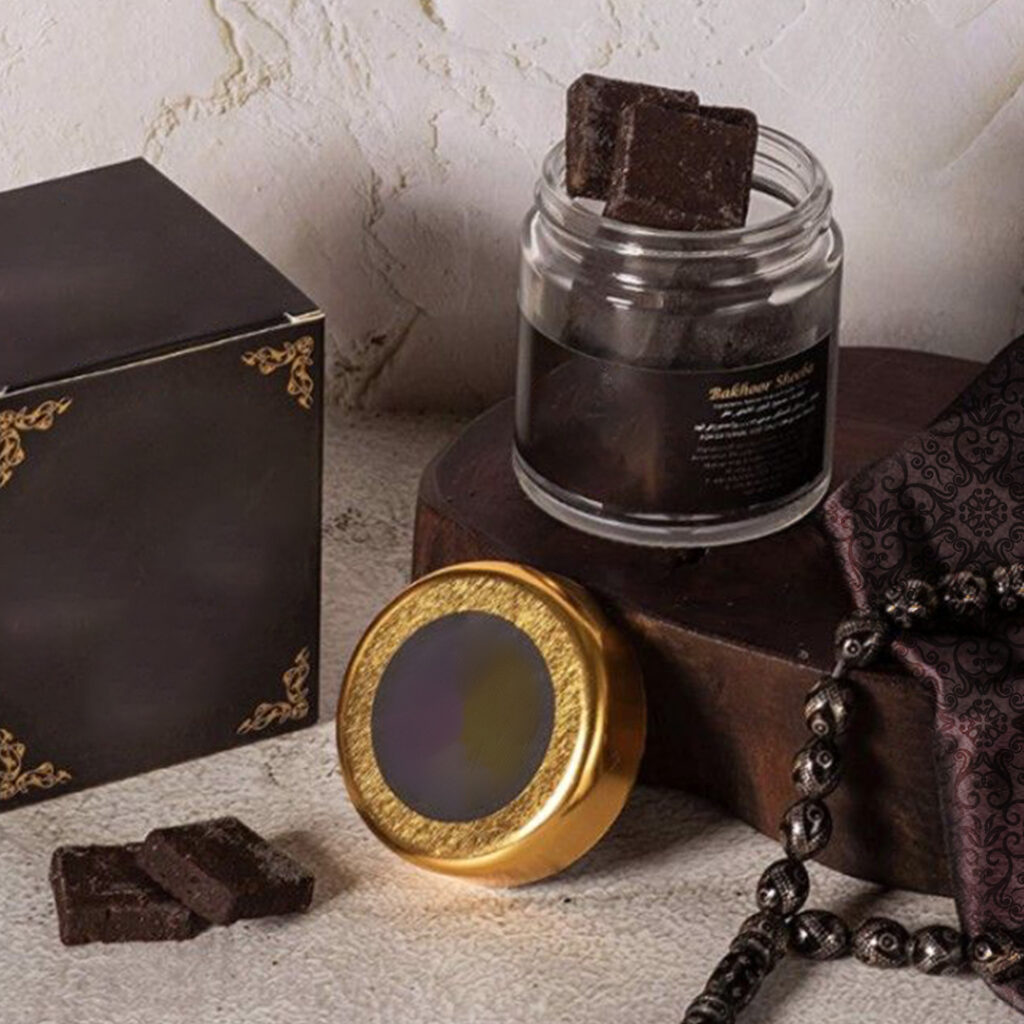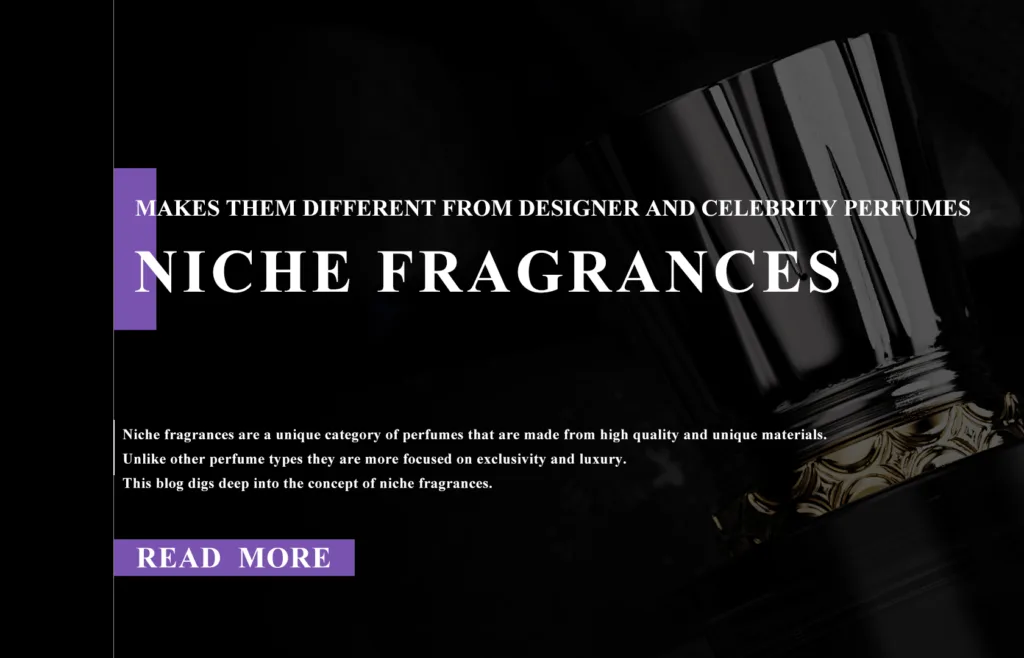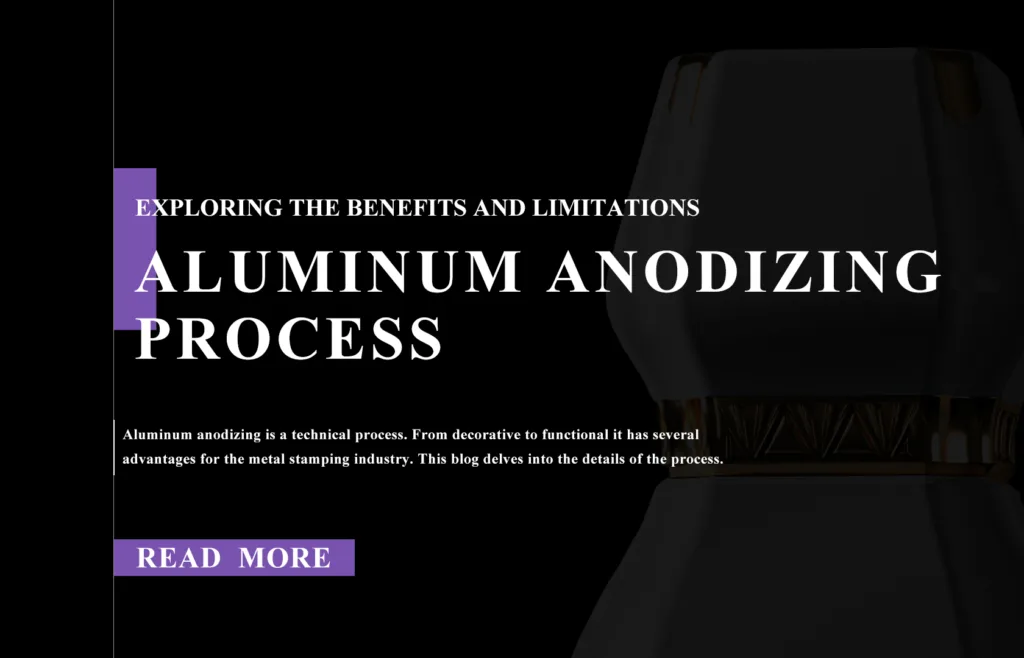
The Arabic term “bakhoor” describes a mix of fragrant woodchips (often agarwood) and traditional, authentic components, such as musk, floral oils, sandalwood, resins, and scented oils. Brought from the Arabian land, it comes in a myriad of variants.
Among many other places, bakhoor has a long history of use in ancient Egypt and Arabia. Burning bakhoor may be more common in Saudi Arabia now, but other Arab nations still hold on to the tradition and aroma of this aromatic smudge.
You can find all the information you want on this beloved fragrance here. Discover why this fragrance has become so iconic in the Middle East and its uses, advantages, and production methods. Keep reading as we reveal all this and more!
A Quick Overview of Bakhoor

“Bakhoor” means “Arabic incense” when burned. The incense known as bakhoor may be shaped into many forms, including slabs, powders, cubes, and shavings, and is often combined with Oud. It is then infused with scent oils.
Many companies create a heavenly, fragrant bakhoor using a traditional recipe and ingredients. Oud bakhoor is a popular and often used spice.
Like other fragrances, the Prophet adored bakhoor and would apply it in mosques before prayer. The aromatic scent will transport you back to your Middle Eastern trips.
How Many Years Has Bakhoor Been Used?
Nomadic tribes in Arabia used to burn agarwood chips to scent the air and keep mosquitoes away when they set up camp thousands of years ago. This practice is believed to be the original bakhoor.
Even after all these years, the Egyptians still used bakhoor for the same reason: to keep unpleasant odors away. But they also thought it had a more significant function. For them, it was a means of protection against evil spirits and demons.
Although it is known that many prophets utilized Bakhoor at some point, Friday was the most sacred day for them and their followers to use Bakhoor. Initially prevalent in Arabia, this practice quickly spread throughout the world.
During the holy months of Ramadan and Muharram, an esteemed Yemeni queen named Arwa Suleyhi would ship big wooden Bakhoor crates to Najaf, Karbala, and Egypt. The holy towns’ air became much more lovely after its burning, and the inhabitants of those places realized that the gift from Yemen had finally arrived.
Yemeni women began preparing bakhoor at home during this period. The family closely guarded these bakhoor recipes, which included agarwood (or Oud). Producing the greatest bakhoor was an indication of great status.
It is also believed that the Romans and Greeks used Bakhoor in their sacred ceremonies. Many historical documents attest to the usage of Oud bakhoor incense, including passages from the Bible. During significant rituals, such as the inauguration of churches and bishops, it was customary to burn bakhoor.
Scent and its effects on the mind and emotions have been the subject of modern scientific study. Arabic Oud bakhoor incense is a must-have for every household or place of worship. In the past, it was also an ordinary gift because of its spiritual value.
So, Bakhoor has been around for a long, and its usage will continue for thousands of years.
Manufacturing Process for Bakhoor
Bakhoor was already in use before written records existed. It has a long history from ancient Egypt and China to the Bible and beyond. Then, how does it come to be?
There are a lot of well-known Middle Eastern families who manufacture their own Bakhoor. They all use different methods and other substances. So, the cookbook is like a family heirloom: passed down over the years with few changes.
With each “tweak” to the recipe comes a new scent and subtype of the Bakhoor lineage that belongs to that family. So, look up the family name of the Bakhoor perfumer when you buy a particular fragrance, like Bakhoor Bait Al Ahlam. For Arabic speakers, “Bait” means “The house of.”
But how does Bakhoor come to be? Here are the steps followed in the making of Bakhoor:
Step 1: Collecting All Necessary Supplies
It is the solid powdered version of Bakhoor, the one most people are acquainted with from the well-known popular brands. The essential components of many Bakhoor are the same. Woods such as Argarwood, Sandalwood, and Resin are examples.
Step 2: Mixing And Crushing the Ingredients
The basic materials are first crushed into fine powder to make the tablets and then combined with more substances.
Step 3: Combining With Water to Make a Paste
A secret blend of aromatic oils is added to the mixture as it is being mixed.
Step 4: Putting the Material Into Little Cylinders
The finished product results from combining and soaking the ingredients for a certain period. It is placed into small cylinders.
Step 5: Letting the Bakhoor Dry After Shaping
Now, companies put it in the oven to bake. Eventually, the aromas are locked in. After they have cooled, they are prepared for shipment with high-quality packaging.
Step 6: Incorporating Essential Oils or Fragrance Oils
Once a buyer has purchased them, they may experience the aroma by placing them over a coal fire.
Step 7: Presenting The Bakhoor in Its Final Form
Oud (wood) refers to another well-known kind of Bakhoor. Crafted from larger pieces of Argarwood or Sandalwood chips, these varieties are unique.
Stage 8: Attaching Labels and Preparing for the Shipment
Companies put the wood chips in a kettle with a unique combination of aromatic oils and let them soak for days so the chips absorb the taste. Once the specified period has elapsed, they are packaged and ready for sale.
When making Bakhoor at home, most families would prepare it by hand. To sell them throughout town, they shape them by hand, bake them, and put them in their unique packaging.
The Arabs living in these Middle Eastern regions are familiar with the homes that produce the most fragrant Bakhoor and buy their incense from such homes.
Where Is Bakhoor Used?
Various significant occasions, including weddings, birthdays, and other celebrations, call for the burning of bakhoor. They are also a popular choice for both everyday life and formal gatherings. Bakhoor is excellent for anybody looking to create a peaceful environment because of its calming effects.
A Bakhoor Burner Set makes it easy to use a Bakhoor in your house. To saturate the room with the scent, you’ll need a source of fire, unlike incense sticks, which may burn continuously.
Use a Mabkhara, a ceramic or metal incense burner, and some charcoal to burn the Bakhoor for the best results. While you let the smoke disperse, keep an eye on it to ensure it doesn’t become so thick that it kills all the oxygen in the room. Once the smoke dissipates, the aroma of the perfume spreads. Keep the windows closed so the smell may permeate the room for as long as possible.
Passing bakhoor around the room is common in Arabian hospitality, allowing visitors to perfume their hair, clothes, and hands. It is as essential to hospitality as providing guests with coffee and dates.
How to Use Bakhoor at Home?
Just as we said before, smoking bakhoor lets you fully immerse yourself in its strong aroma and let it permeate your whole home. It is the preferred method among traditional bakhoor users, and with good reason: it releases fragrant oil particles into your home’s air.
If you like to envelop a space or even your clothing in this powerful aroma, there are specific steps to follow. Here are the two most typical methods for burning bakhoor in the comfort of your own home.
A) Traditional Burning Methods

Burning bakhoor on coal has long been a popular way for people to enjoy its aromatic scent. Some important things to keep in mind that you may do are:
- To start, place a fireproof surface below the charcoal tabs and use a portable lighter to put them out.
- To get the coal to glow red and coat itself in gray soot, keep lighting it.
- Another option is to blow on it distantly to see whether it changes the color to red.
- Using a pair of tongs, you can carefully place the charcoal tabs that are burning into an old burner.
- On top of the charcoal, sprinkle some bakhoor chips or powder. If you want the scent surrounding the burner to become stronger, add small quantities at a time.
- Last but not least, the fumes of bakhoor will fill the space in no time because of the heat that coal tabs produce.
B) Using Modern Electric Burners

Electric bakhoor burners are a quick and easy way to experience the Arabian aroma. Depending on the burner you use, start by activating it.
- To activate the electric incense burner, set it on top of a fireproof surface and connect it to an electrical outlet.
- Put some chips or powder on the top plate after you turn on the burner.
- You can also foil over the top plate to prevent bakhoor bits from melting and creating a mess.
- After 15 to 20 minutes, you may disconnect the gadget and enjoy the unique aroma filling your area.
What Are the Top Benefits of Using Bakhoor?
Bakhoor has several uses beyond only its beautiful scent. It is a treasured product in Middle Eastern perfumes. The main advantages of introducing Bakhoor into everyday routines or places are as follows.
1.Improves Mental Health
Regarding mental wellness, bakhoor is well-known for its ability to soothe the body and the mind. It promotes a pleasant mental state by dispelling bad energies, increasing awareness, and decreasing fear.
Harmony, balance, and euphoria are three reasons why Arabian families love it. The cultural practice of burning Bakhoor has deep roots in history and represents inspiration and a link to the sublime.
Bakhoor is an essential emblem of cultural togetherness and a key component in making a peaceful living environment. For its cultural importance and long-lasting aromas, Arabians light Oud Bakhoor candles.
Shamans of Japan, Sufis, Buddhists, and Tibetans all make use of it in their spiritual activities, proving that its use knows no cultural boundaries. Bakhoor is a sensory representation of cultural identity in the Middle East, blending tradition with leisure.
2.Improves Relaxation
A versatile aroma for scented candles and burners, bakhoor produces a lovely home environment. The cultural practice of passing it from host to host is analogous to serving food. Both men and women like burning it because of its relaxing effects on the nervous system and the pleasant atmosphere in the house.
3.Traditional Cultural Significance
As a traditional ritual handed down through generations, bakhoor is very important to the culture. Arabians light Oud Bakhoor candles in the evening as part of their religious rituals. It serves as a sensory link between cultural identity and peaceful living spaces.
4.Enhances Creativity
Well, this incense would be perfect for your creative endeavors. The act of burning makes it simpler for one to conceive fresh ideas. As a bonus, it helps reduce tension and is believed to spark creative ideas.
Tips for Burning Bakhoor
You should take several precautions before burning bakhoor to ensure your safety and those of others around you. The following are some essential pointers to consider:
- Examine the surrounding area for appropriate air circulation and the absence of explosive objects such as drapes or papers.
- Ensure the space is well-ventilated and free of loose materials, such as tissue paper and newspapers, before lighting the bakhoor.
- Because it contains natural chemicals released slowly into the air, use small quantities of powder or chips at a time. Adding a lot of bakhoor to the incense burner can quickly envelop the room with smoke, making breathing hard.
- You can use natural bakhoor products made with herbs and flowers instead of purchasing inexpensive fake bakhoor sticks.
- Use a porcelain ceramic burner with fire-resistance qualities whenever you use bakhoor.
- Last but not least, never settle for low-quality charcoal tabs; doing so could shorten the initial burning period of bakhoor. Additionally, once ignited, high-quality charcoal tablets last for quite a while.
Why Do Brands Store and Pack Bakhoor in Glass Jars?
The scent of Bakhoor is best preserved in glass jars since they are airtight and do not let air penetrate. Buyers looking for a genuine scent will appreciate that the product maintains its intensity and quality.
1.Attractive Packaging
Bakhoor is presented in glass jars to highlight its visual attractiveness and give buyers a better idea of the product’s quality. The product, displayed in attractive, high-quality clear glass jars, will attract buyers.
2.Protection
Glass provides the best protection for Bakhoor products from environmental hazards like light, moisture, and pollutants. It protects the scent and prevents it from deteriorating, so it stays fresh for a long time.
3.Support Towards Environment
Reusable and recyclable glass jars contribute to the brand’s greener image and help achieve sustainability objectives. Businesses that care about the environment often show their dedication to being responsible by using glass packaging.
4.Brand Recognition
In a packaging-conscious market, using glass jars can help differentiate a Bakhoor brand. Customers who value quality and meticulous craftsmanship will be drawn to the premium Bakhoor offered in glass packaging.
Is your Bakhoor collection ready for upgraded packaging? As a Bakhoor manufacturer, you might look for better packaging options to boost your product’s visual appeal. Our glass jars can enhance the display of your products while maintaining their fragrant integrity. Check Gozonepack’s Bakhoor Glass Jar Collection now!
FAQs:
1.What Kind of Perfumery Do Middle Eastern Countries Prefer?
Oud, or agarwood, is a valuable resin with an opulent honey scent unique to Middle Eastern perfumery. It is burned in public areas and houses throughout the Middle East and North Africa in the form of Bakhoor, which is fragrant wood chips steeped in aroma oils.
So, in Middle Eastern Countries, most people use Bakhoor for very good reasons.
2.Why is Bakhoor Popular in the Middle East?
The Middle Eastern habit of burning Bakhoor to smell one’s home and garments ensures that the aroma lasts for days. Bakhoor promotes a sense of balance and vigor by lowering tension and anxiety. It is a gem for aromatic smell in the Middle East; hence widely preferred here!
3.How Is Bakhoor Used in Perfumery?
Bakhoor is traditionally burned using charcoal or mabkhara. Its deep, lasting perfume permeates the air and clothing.
4.What Is the Usual Method for Packaging Bakhoor?
You may find bakhoor in various forms, such as little chips, pellets, or blended powders. Packaging it in eye-catching containers like glass jars or pouches keeps it fresh and adds to its visual appeal.
5.Can You Ship Bakhoor Internationally?
It is usually possible to ship Bakhoor all over the globe. It is essential to package it properly to maintain its integrity and adhere to shipping rules. Bakhoor is best kept in glass jars to avoid damage and preserve its fragrant qualities while traveling.
6.Would You Normally Use Bakhoor With Another Perfume?
No! People burn this unique product in a specially designed incense burner. In contrast to fragrances, Bakhoor is more often used to scent places rather than used on an individual basis. Moreover, it serves as a background smell that enhances personal scents. It provides a multi-layered aromatic experience that elevates the overall atmosphere.
Final Thoughts!
Rituals and relaxation are two of the primary uses for bakhoor. Another possible use is to smell a room with its pleasant aroma while meditating.
Thus, it is an excellent aid to those contemplating or already in a profound state of meditation. As the fragrant waves spread into the meditation areas, they act as a soothing reminder of peace, easing one’s journey into the depths of one’s mind.
People believe it brings angels to funerals; therefore, they use it often. The concept that bakhoor attracts angels to funerals makes the farewell more solemn. Many people incorporate the calming aroma into prayer and religious ceremonies as part of their faith.
Middle Eastern countries also often use it as a scent during prayer and other religious events. Beyond its pleasant aroma, bakhoor symbolizes cultural unification and spiritual nourishment.
Upgrade your Bakhoor packaging look with Gozonepack’s high-quality glass jars! Our premium glass packaging options will take your products to the next level while protecting Bakhoor’s irresistible charm. Check our collection now and experience the perfect blend of heritage and luxury with each fragrance.



